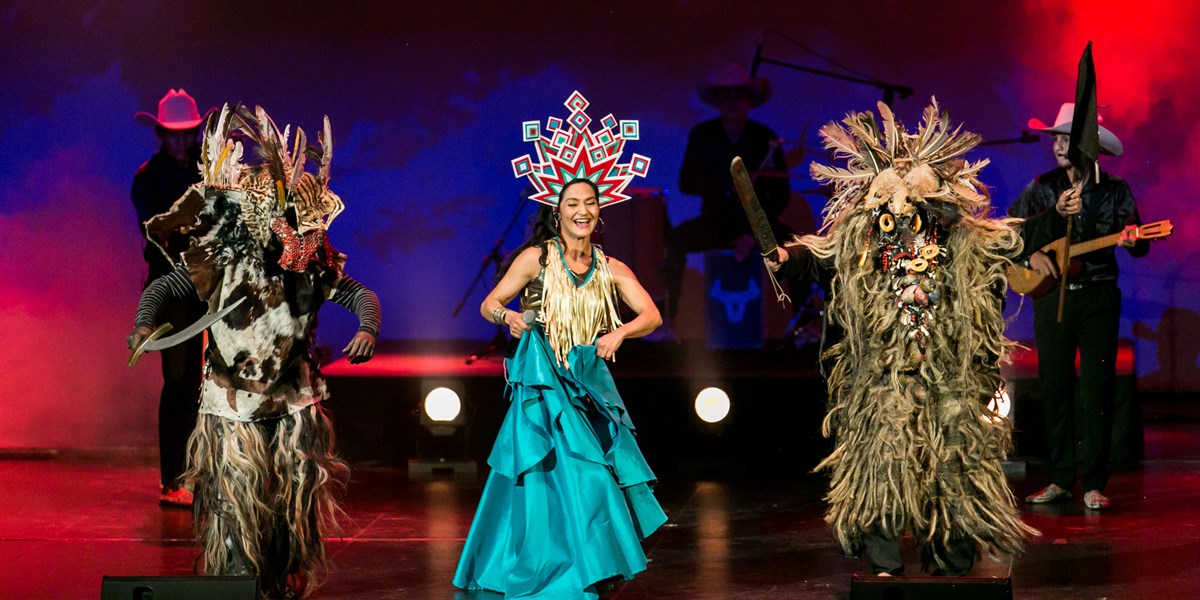Tuesday, July 5, 2022
Cimarrón: embracing and upending Colombian musical traditions
By Chris Moss
The death of their co-founder and lead harpist, Carlos Rojas, gave Colombian joropo group Cimarrón cause to reflect on musical roots and gender roles. Chris Moss talks to dynamic frontwoman Ana Veydó about their new album, La Recia

Cimarrón (photo by David Micolta)

Register now to continue reading

Thanks for visiting the Songlines website, your guide to an extraordinary world of music and culture. Sign up for a free account now to enjoy:
- Free access to 2 subscriber-only articles and album reviews every month
- Unlimited access to our news and awards pages
- Our regular email newsletters

